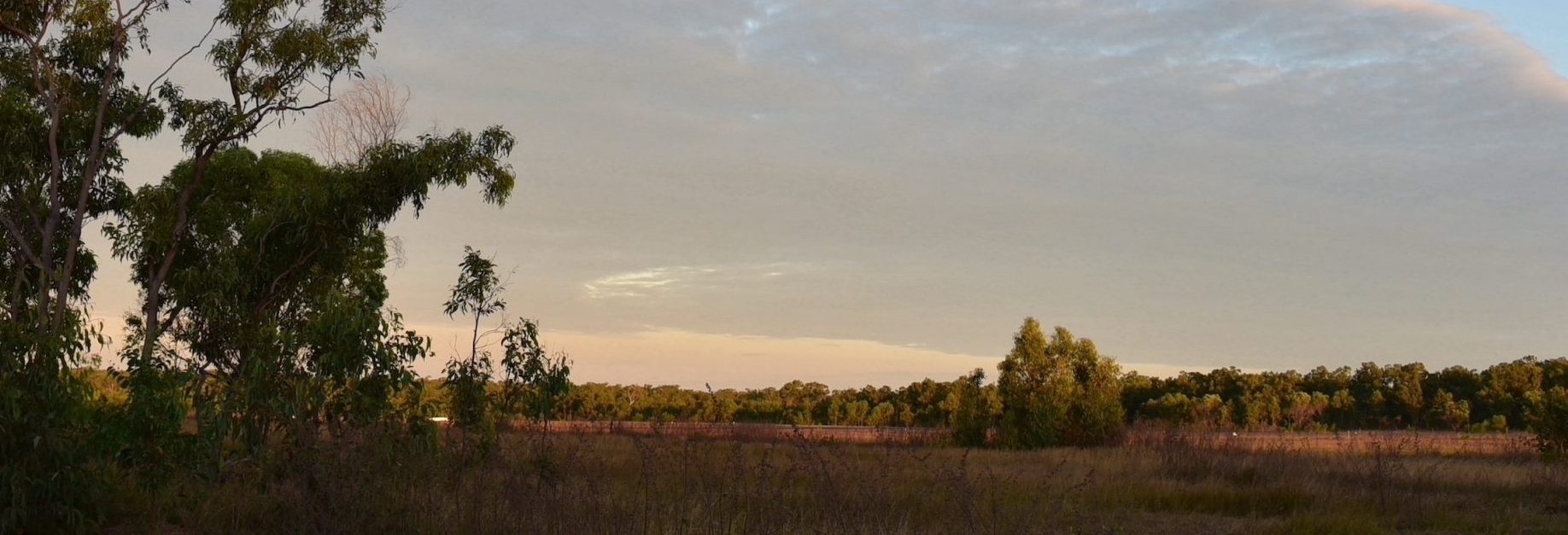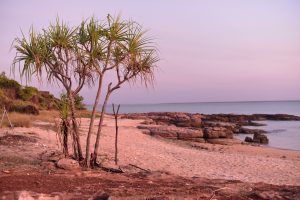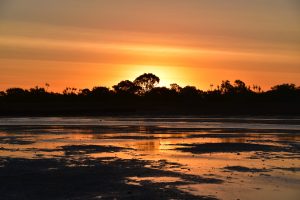Grammatical Information in Dictionary Entries

Details of dictionary entries
Below you’ll find more detailed information about some of the grammatical elements of the dictionary entries. The information here can be in-depth and is recommended for people with some knowledge of Mawng and/or linguistics. If it is a bit difficult to follow, that’s okay, this information isn’t necessary to understand the dictionary.
Paradigm
The paradigm information directly follows the part of speech and gives different information depending on the part of speech. For nouns, this is where you will find the grammatical gender. For verbs, this is where the conjugation class number appears, and for coverbs, the light verb is listed here. Where the information is not certain or not known, you will see ‘nk’ (not known).
For nouns, the paradigm information specifies which of Mawng’s five grammatical genders a word or sense of a word is associated with. You need to know the gender to create a grammatical Mawng sentence, as other words in the sentence will change shape according to the gender of a noun. The genders and their abbreviation used in the dictionary entries are listed below.
| Abbreviation | Gender |
| MA | Masculine |
| FE | Feminine |
| LL | Land |
| VE | Vegetation |
| ED | Edible |
For forms that describe a group, you may see ‘PL’, an abbreviation used for ‘plural’ (i.e., ‘more than one’). ‘GEN’ is for forms that cover all genders except the Masculine gender. The abbreviation ‘multi’ is given for nouns that can be used for men, women and human groups (i.e. plural).
For verbs, the paradigm information given is the number of the verb’s conjugation class. The form of the verb listed in the dictionary is the present tense form, but there are five different forms, each of which take a different ending (suffix). You need to know the conjugation class to work out what ending the verb should have, for example, if you are talking about something has already happened.
Restrictions
Information about restrictions comes after the paradigm information. Where restrictions apply only to a particular verb sense, the information appears after the relevant sense number.
Restrictions on what shapes verbs can take may be listed as ‘MA object‘ or ‘PL subject‘. For example, the verb kawu-lalkanyjili-n ‘discuss something together, have a meeting’ can only be used to talk about two or more people, so it is specified as ‘PL subject’ (plural subject). The restrictions on this verb match its meaning.
 Mawng is special in that a few hundred verbs and coverb constructions have restrictions that do not match their meaning. The restrictions are not predictable and simply have to be learned along with each verb.
Mawng is special in that a few hundred verbs and coverb constructions have restrictions that do not match their meaning. The restrictions are not predictable and simply have to be learned along with each verb.
For example, the verb kama-ngalkpu-n ‘quiet and peaceful’ always takes a Vegetation gender prefix, even when we are talking about something that is not Vegetation gender, such as a man. It cannot change shape in the way that most verbs can. So when we are talking about a man, we might say Yanat ki-wani kama-ngalkpu-n ‘He is sitting and being quiet’.
The verb ki-wani ‘sit’ takes the ki- prefix we usually use for talking about a man, but the verb kama-ngalkpu-n does not. Instead, it takes the kama- prefix we would use for talking about a tree. The restrictions for this verb are listed as ‘VE object’ to indicate that you have to use a different verb shape than usual.
Often these restrictions amount to dummy objects similar to the dummy participants in noun-verb idioms. So verbs may take a transitive prefix but only have one semantic role. The transitivity of each verb in the part of speech information reflects the type of prefix each verb can take, rather than its valency. Some verbs have restrictions that mean they cannot be used with Masculine gender prefixes, so you will not find these verbs listed under ki… or kini… in the dictionary but instead under a form that can occur, such as kama…
Pointers to related words
Some dictionary entries include pointers to other dictionary entries. The table below shows what these pointers will be and what they mean.
| Pointer | Meaning |
| See | The word in brackets after ‘see’ specifies the headword for coverbs and verbs senses with restrictions |
| Syn | Points to words with very similar meanings (synonyms) |
| Ant | Points to words with the opposite meaning to the headword (antonyms) |
| See main entry | This will direct you to the main entry (the Masculine gender form of the word) |
Other things you will find in dictionary entries:
| Meaning | |
| Usage | Flags information about how people use the word |
| Note | Includes any kind of information that helps to understand the meaning of a word, including cultural background |
| Variant | Indicates which groups use this word |
| lit. | The literal meaning of the word or phrase |
Cross-references
Six hundred dictionary entries are cross-references, indicated by the word ‘crossreference‘, designed to aid you in finding the correct word. Most are coverb constructions. Look up the coverb that follows ‘See:‘ in these entries, where the coverb construction will be listed as a subentry. Where two coverb constructions follow one another in an entry without any further information, this means they have identical meanings. Note that coverbs that are only one syllable long can be hard for speakers to identify outside of a coverb construction. Cross-references that are not coverbs list alternative pronunciations of headwords and point you to the correct headword.
Sources for example sentences
 Example sentences in the dictionary come from different sources. Many were added to the dictionary by Heather Hewett and Anne Fabricius. Example sentences added by Ruth Singer come from recordings she made at Warruwi and stories that Elders wrote down for the Mawng–English bilingual program. Examples from Ruth Singer’s recordings may come from stories, discussions of plants and animals, or discussions of Mawng grammar. Some example sentences added by Ruth Singer were created by Mawng speakers especially for the dictionary.
Example sentences in the dictionary come from different sources. Many were added to the dictionary by Heather Hewett and Anne Fabricius. Example sentences added by Ruth Singer come from recordings she made at Warruwi and stories that Elders wrote down for the Mawng–English bilingual program. Examples from Ruth Singer’s recordings may come from stories, discussions of plants and animals, or discussions of Mawng grammar. Some example sentences added by Ruth Singer were created by Mawng speakers especially for the dictionary.
© Dictionary compliation, Ruth Singer and Warruwi Community 2021. Mawng speakers own the Mawng language. They also own their knowledge of plants, animals, kinship, Mawng country, customs and history which is compiled in this dictionary.
© Dictionary compliation, Ruth Singer and Warruwi Community 2021. Mawng speakers own the Mawng language. They also own their knowledge of plants, animals, kinship, Mawng country, customs and history which is compiled in this dictionary.
